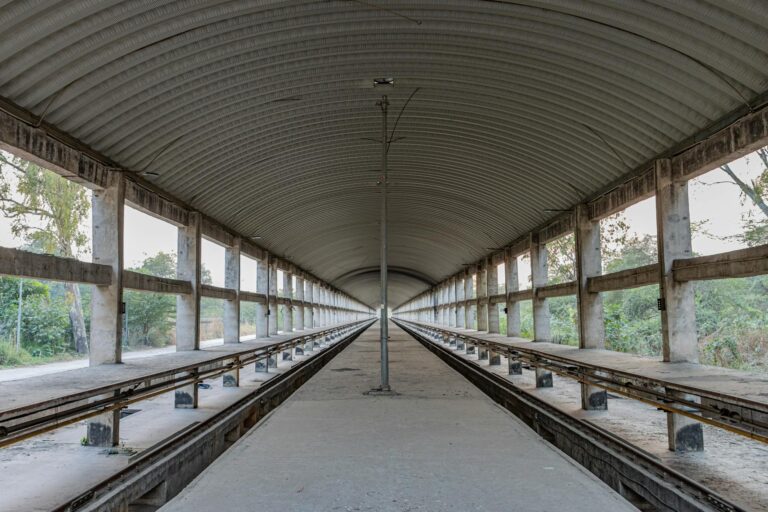Bike Taxis in 2025: Cheaper Rides, Less Traffic—But Will It Work?
So here’s the thing—India’s government just dropped new rules for bike taxis, and honestly? It could be a game-changer. We’re talking about the Motor Vehicle Aggregator Guidelines 2025, which basically means your daily commute might get faster, cheaper, and a whole lot less frustrating. But let’s break it down properly, because between cheaper rides and less traffic, there’s a lot to unpack.
1. What’s Actually Changing?
1.1 The Big Stuff
- Your regular bike can now be a taxi—if your state government gives the green light. That’s huge.
- Less red tape for companies like Rapido and Ola. More bikes on the road, basically.
- They’re really pushing this as a way to cut down traffic and pollution. About time, right?
1.2 Why This Matters
Before this, using private bikes for ride-sharing was a no-go. The rules were so tight that even companies with money struggled. Now? It’s like they’ve finally realized bikes exist—and they’re way better for cities than cars.
2. What’s In It For You?
2.1 Your Wallet Will Thank You
More bikes = cheaper rides. We’re talking maybe 15–20% less than what you pay now. And in places like Bangalore where traffic moves slower than a sleepy tortoise? Bike taxis could actually get you there on time.
2.2 Side Hustle Potential
Got a bike sitting around? Now you can make money with it—full-time or just weekends. India’s gig economy’s already massive, and this might blow it up even more.
3. The Bigger Picture: Traffic & Pollution
3.1 Less Traffic, Please
Here’s a wild thought: bikes take up way less space than cars. In cities where traffic costs us ₹1.47 lakh crore every year (yeah, that’s a real number), that’s kind of a big deal.
3.2 Cleaner Air?
Bikes pollute half as much as cars. And if electric bikes catch on—like those e-cycles in Delhi—we might actually breathe easier. Fingers crossed.
4. What Rapido, Ola & Uber Will Do Next
4.1 Price Wars Coming
You know how these companies love a discount? Expect “aggressive” price cuts—Ola’s boss basically said so. More bikes, cheaper rides—simple math.
4.2 Safety Stuff
Helmets, GPS tracking, insurance—all still mandatory. Rapido’s already talking about tech upgrades, which is good because nobody wants a repeat of those sketchy rides from a few years back.
5. The Problems Nobody’s Talking About
5.1 Will States Actually Play Along?
Remember how Karnataka straight-up banned bike taxis before? Yeah, that could happen again. Some states just don’t get it.
5.2 Safety = Big Question Mark
Let’s be real—some bike taxi drivers drive like they’re in a Fast & Furious movie. Companies need to fix that rep, fast.
6. Where This Is All Heading
6.1 Beyond Big Cities
Tier 2 and 3 cities could benefit big time. Not everyone can afford cabs, and autowallahs? Don’t even get me started.
6.2 Electric Future?
With subsidies like Delhi’s ₹5,500 per e-bike, electric could take off. BluSmart’s doing it with cars—why not bikes?
Bottom Line
This could actually work—cheaper rides, less traffic, cleaner air. But between state governments dragging their feet and safety concerns, it’s not a sure thing. Still, next time you’re stuck in traffic, a bike taxi might just save your sanity.
Thinking of trying one? Rapido, Ola, or Uber probably have deals in your city already.
Source: Navbharat Times – Default












